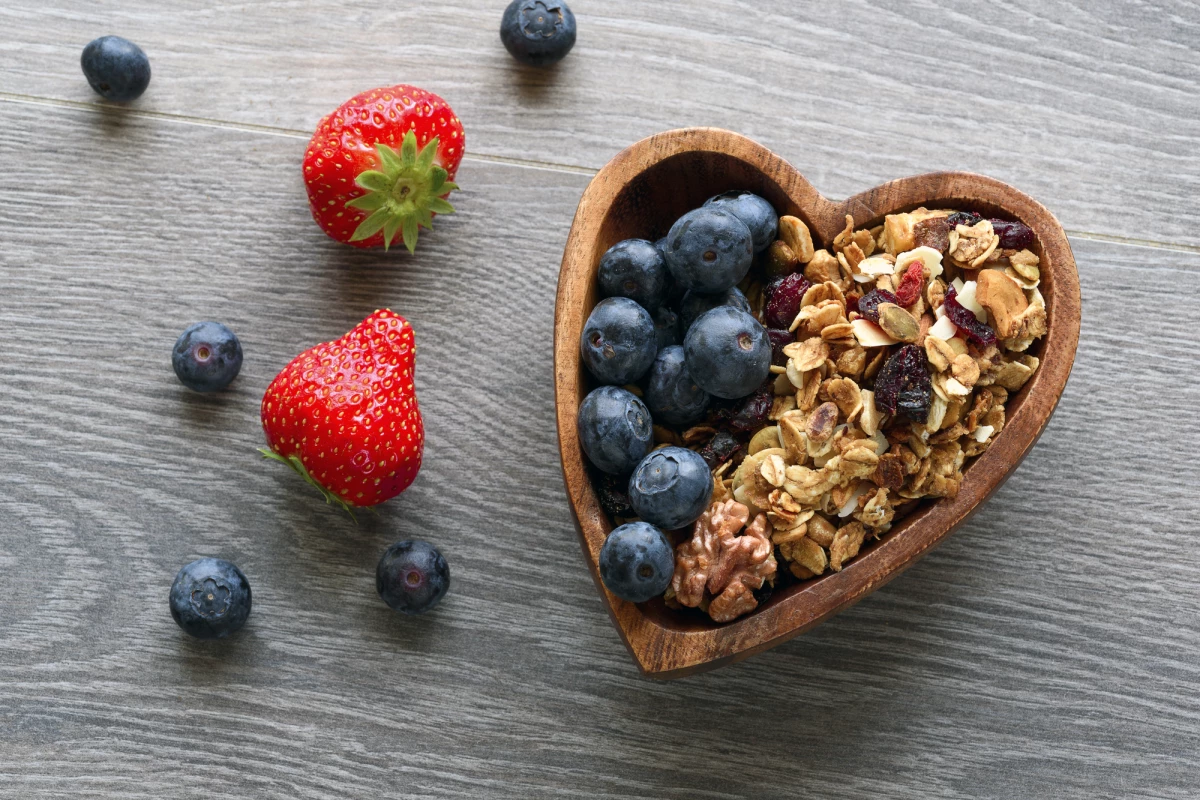Dietary fiber is known to reduce blood pressure, but there’ve been no guides on how much you need to eat to reap the rewards – until now. A new study has confirmed that dietary fiber lowered blood pressure independently of medication and quantified how much of it would lower high blood pressure.
When I was a kid, my mum was very fond of using the word ‘roughage’ to describe an element of what she considered the perfect diet. Roughage is just another name for dietary fiber: the parts of the food we eat that the body can’t digest. It aids the passage of food and waste through the gut and feeds beneficial gut bacteria.
Lifestyle interventions, including changes to diet, are the first-line treatment for hypertension or high blood pressure (BP). Previous studies have found that people who eat a lot of dietary fiber have significantly reduced risk of – and lower mortality from – heart disease and stroke. However, guidelines on hypertension don’t specify the benefit of dietary fiber.
Monash University researchers undertook a meta-analysis of studies into the effect of dietary fiber on hypertension, providing the quantifiable amount of dietary fiber that women and men need to eat to reduce their BP.
“Dietary fiber has emerged as a crucial yet underappreciated part of hypertension management,” said the study’s lead author, Francine Marques, from Monash’s School of Biological Sciences. “Our study emphasizes the evidence supporting the effectiveness of dietary fiber in lowering blood pressure and reducing the risk of cardiovascular events.”
The meta-analysis showed that higher dietary fiber intake was associated with a significant reduction in BP independent of medications taken to control hypertension. According to the evidence they reviewed, for women with hypertension – a BP of 140/90 mmHg or higher, according to the WHO – the recommended intake of dietary fiber should be more than 28 g per day; for men with hypertension, more than 38 g per day. Each additional 5 g per day was estimated to reduce systolic BP (the top number) by 2.8 mmHg and diastolic BP (bottom number) by 2.1 mmHg.
The researchers say the benefits of dietary fiber flow from its positive impact on the gut microbiome. Dietary fiber allows bacteria to produce short-chain fatty acids with anti-inflammatory and immune regulatory functions that contribute to lower BP.
“Our study highlights the urgent need for healthcare providers to prioritize dietary fiber as vital for hypertension management,” Marques said. “By incorporating dietary fiber into treatment plans and empowering patients to increase their intake, we can significantly reduce the burden of hypertension and improve cardiovascular outcomes.”
Westernized diets are notoriously lacking in ample fiber. The University of California San Francisco (UCSF) notes that the average dietary fiber intake among US adults is about 15 g per day. Here are some of UCSF's tips for ensuring more fiber in your diet:
- As a general rule, include at least one serving of whole grains (e.g., rice, corn, oats, quinoa, bulgur) in every meal
- Choose wholegrain bread (look for one with the highest amount of fiber per slice)
- Cook with brown rice instead of white
- Add beans to your salads – each ½ cup serving is around 7 to 8 g of fiber
- Two or three times a week, substitute legumes (e.g., lentils, peas, broad beans, chickpeas, peanuts) for meat in things like soups and curries
- Eat at least five servings of fruit and veggies a day (fresh fruit is better than canned) – adding fruit to cereal is an excellent place to start, so is having fresh fruit for dessert
- Swap out fruit juices for whole fruits
The study was published in the journal Hypertension.
Source: Monash University via Medianet





